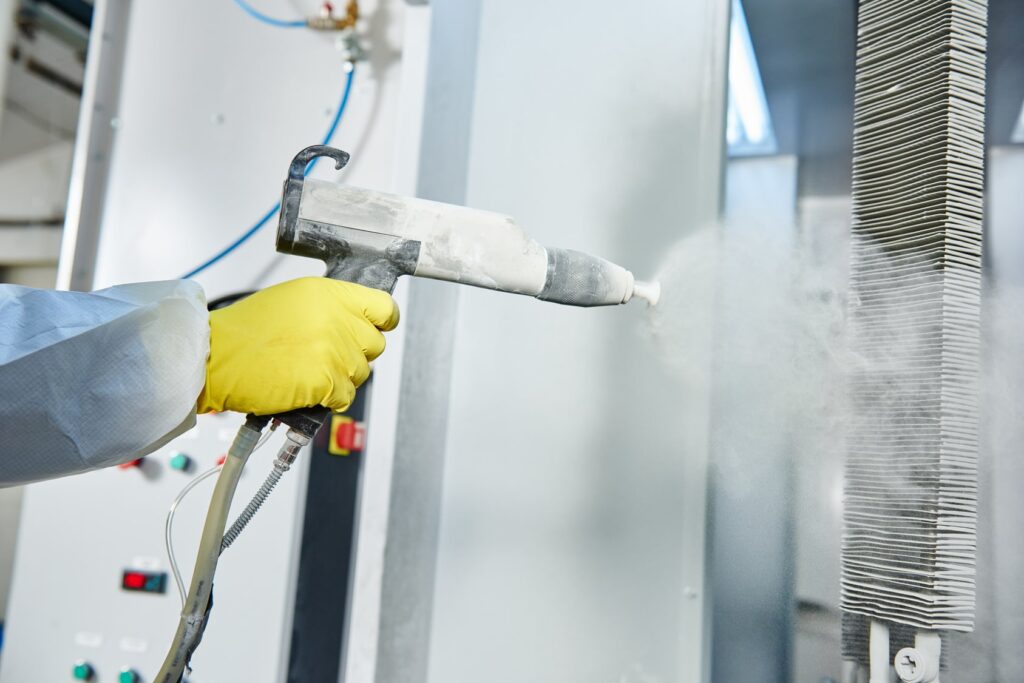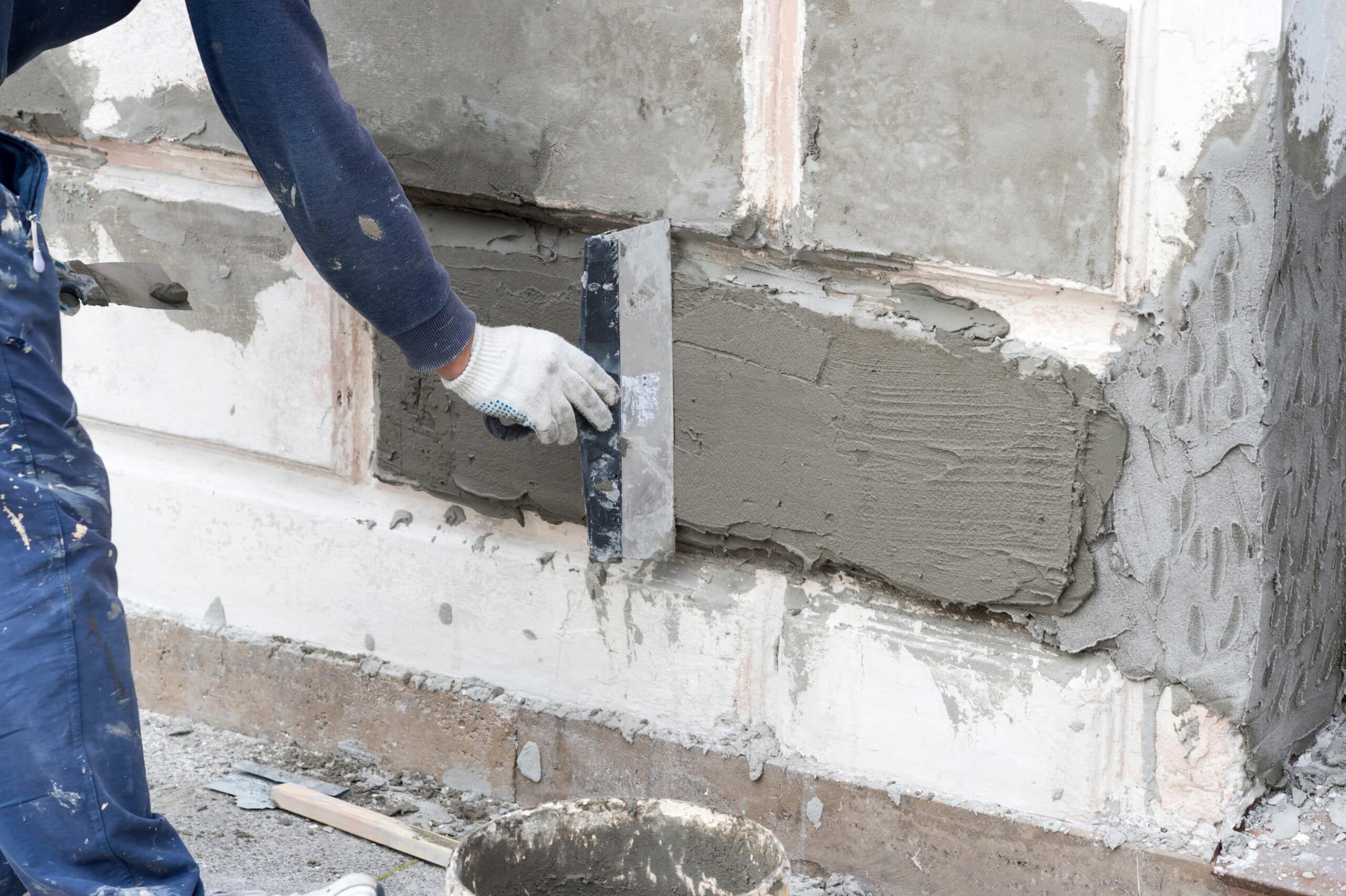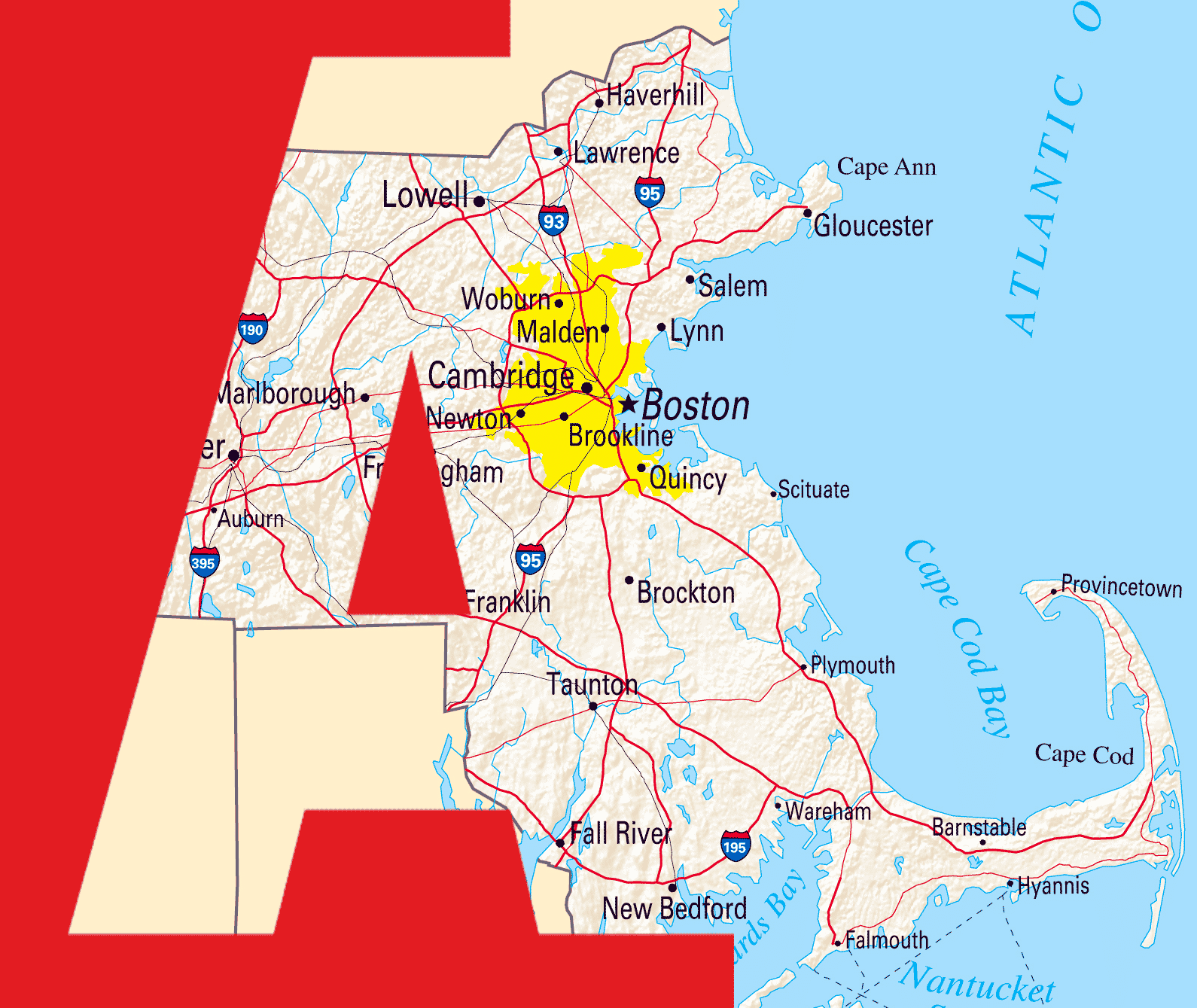BUILDING BASICS
COATINGS & SEALERS
Masonry brick and concrete are among the most durable building components available. However, these materials will deteriorate over time if not maintained properly, especially in our northeast climate with our ever-changing weather conditions. From our experience, coatings and sealers can be among the most effective methods of protecting brick and concrete structures from the elements.
CONTACT US
ABOUT Coatings & Sealers
Advanced Coating Technology
New technology has created penetrating coating compounds to replace the old film forming products for brick and concrete structures. When properly applied, these advanced coatings demonstrate can be very effective in prolonging resistance to weather deterioration.
Clear Coatings
State-of-the-art clear coatings are based on silicone, silane, and siloxane compounds that penetrate brick and masonry surfaces. Available in gloss or matte finishes, these coatings are intended to provide long-term protection to brick and concrete surfaces.
Pigmented Coatings
Today’s pigmented coatings/sealers are based on advanced water-based acrylic or elastomeric materials. Available in a variety of colors, pigmented emulsions penetrate the masonry surface and change the surface to the desired color.

Coatings and Sealers Prevent Water Damage
Sealing brick and concrete walls can prevent water from penetrating junctures exposed to severe weather. Exterior masonry coatings and sealers are considered to be water repellant but not waterproof. Nevertheless, when properly applied, these compounds change the capillary angle of the pores in the face of the brick masonry wall from positive (suction) to negative (repellency). In certain situations, coatings and sealers can also bridge or fill hairline cracks or separations in the face of masonry walls and provide some protection from damaging freeze/thaw cycles.
Coating Application
The amount of surface protection provided for newly placed brick and/or concrete can significantly influence its longevity. Unprotected patches may allow moisture to enter the structure at the patch edges or through shrinkage cracks.
Most coatings can be applied by brush, roller, or spray. Before applying the coating, make sure the wall is clean, as heavy accumulations of atmospheric dirt may interfere with proper penetration or adhesion of the coating and result in poor performance and shorter life. Test the selected coating/sealer on wall sections scheduled for treatment. The test areas should be at least 10 feet square.
Check the moisture content of the wall at several locations and observe climatic conditions to assure consistency with the manufacturer’s recommendation.
Selecting a Coating or Sealer
Select a coating or sealer produced by a well-known manufacturer with strong track record. Request references of similar projects and require test reports for relevant performance criteria and a written warranty from the coating manufacturer.
Verify the qualifications of the application contractor, and make sure the contractor protects adjacent and surrounding surfaces from overspray as necessary.
REPOINTING
Loose brick and water leakage are signs that a mortar bond is failing and that repointing may be necessary. Removal of existing mortar is the most critical step in the repointing process.
Standard industry practice is to remove mortar by mechanically grinding the brick joints with special diamond blades sized to the width of the joint. The depth of the cutting should be a minimum of 3/4” deep. Then the brick and joint should be cleaned and dampened. Depending on the depth of the joint, new mortar should then be applied in layers to ensure that it bonds well with the existing mortar and brickwork.
RECENT BLOG POSTS
Proudly Serving Greater Boston
& Eastern Massachusetts

Wet Weather and Commercial Masonry Restoration in MA
Here’s a closer look at how wet weather and prolonged moisture affect commercial masonry restoration in MA.
Read More
Concrete vs. Brick Restoration Part 2: Differences
To better understand the process and importance of concrete restoration in Massachusetts, let’s take a look at how it differs from brick restoration.
Read More
